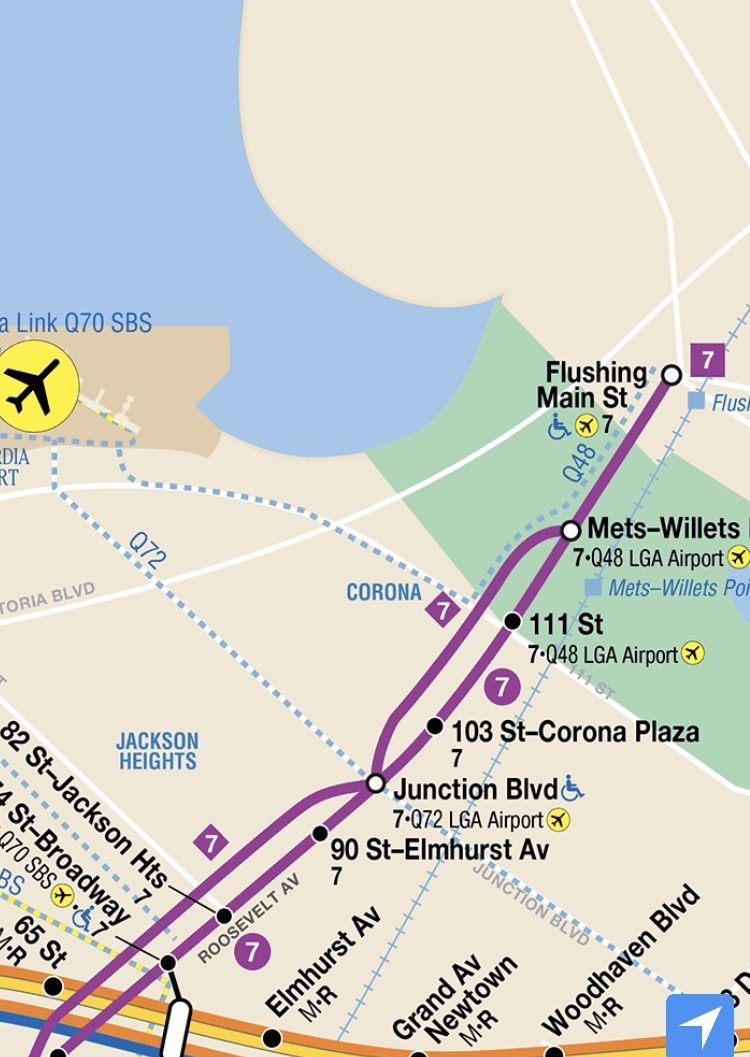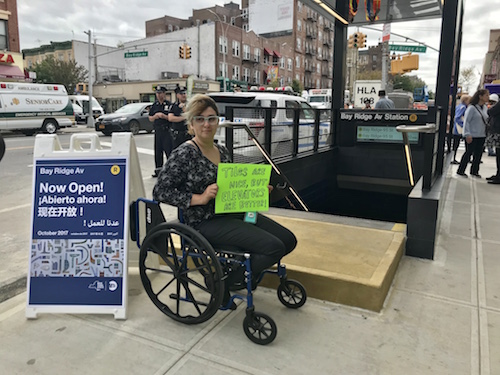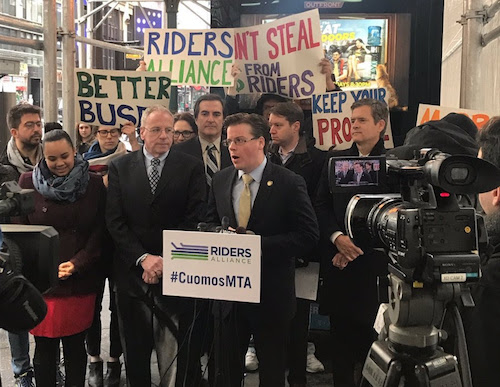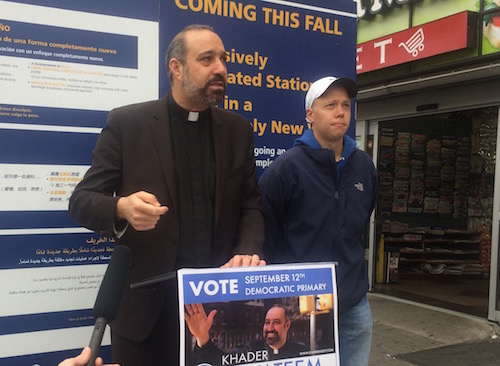The MTA achieved a major milestone in on-time performance throughout the city and the Flushing Line (7-express & 7-local trains) has seen the most significant continuous improvement in Queens.
The Flushing Line received $588 million to launch a digital communications-based train control technology or CBTC in the spring of 2018, according to the MTA.
CBTC railway signaling system allows telecommunications between the train and track equipment for traffic management and infrastructure control, according to transit website railsystem.net. This technology helps the trains to continuously communicate their exact position to the equipment in the track by means of a bi-directional link similar to radio communication.
The MTA also upgraded the line with an Automatic Train Operation system in May that improved acceleration, braking, cruising speeds and service that is more evenly spaced out.
The Flushing Line system had a drop in major incidents, according to an interactive MTA chart.
The Flushing Line had three major incidents in May 2019 compared to 15 in May 2018 that delayed 50 or more trains causing disruption to customers’ commute, passengers only waited 57 seconds beyond their scheduled wait time for a train, straphangers spent an additional 44 seconds on board a train and service delivered during peak time was at 97 percent, according to the interactive chart.
The upgrades for the MTA are a part of Governor Andrew Cuomo’s Subway Action Plan.
The plan includes additional union personnel and outside contractors to clear drains, to rebuild rails, reduce debris and improve infrastructure.
Citywide, weekday on-time performance in June was 81.5 percent, which is the highest it’s been since August 2013, according to the MTA. Weekday train delays decreased by 45.9 percent to its lowest since September 2013.
Weekday major incidents decreased 27.4 percent and dropped to 45, which is the fewest major incidents per weekday since measurements began in 2015, according to the MTA.
Reduction in track fires also played a major role, according to the MTA. There were 410 track fires a year ago and June 2019 reported 280 track fires.
The MTA is also in the process of launching CBTC train technology to the Queens Boulevard Line (E, F, M and R trains) so that it would have the same type of improvements as the Flushing Line.
“More than six months of sustained improvements show that our Subways team’s emphasis on the basics of service and our push to make strategic, institutional changes at every level through the Subway Action Plan is getting solid results that we are proud of,” said MTA Chairman Patrick Foye.
















